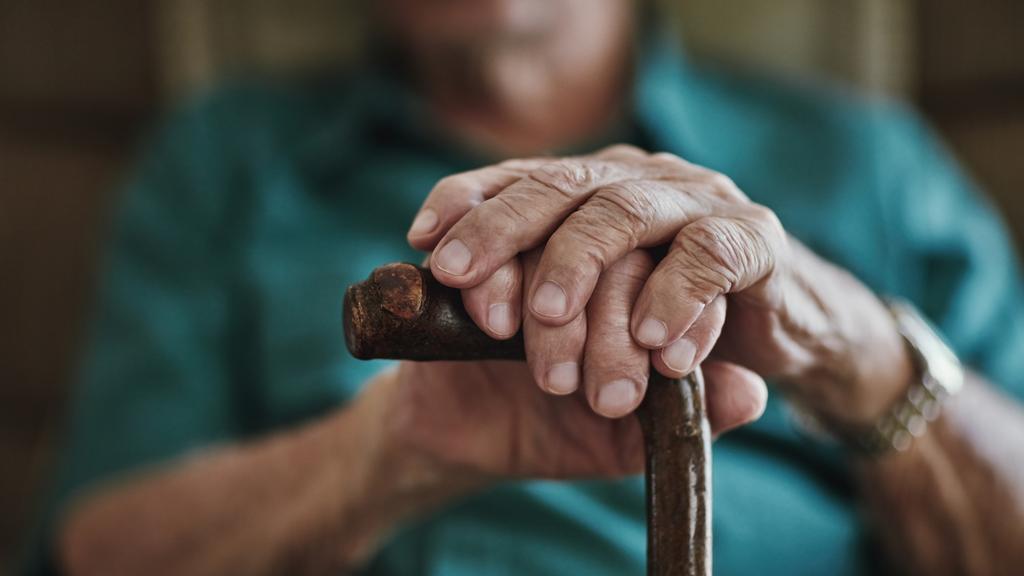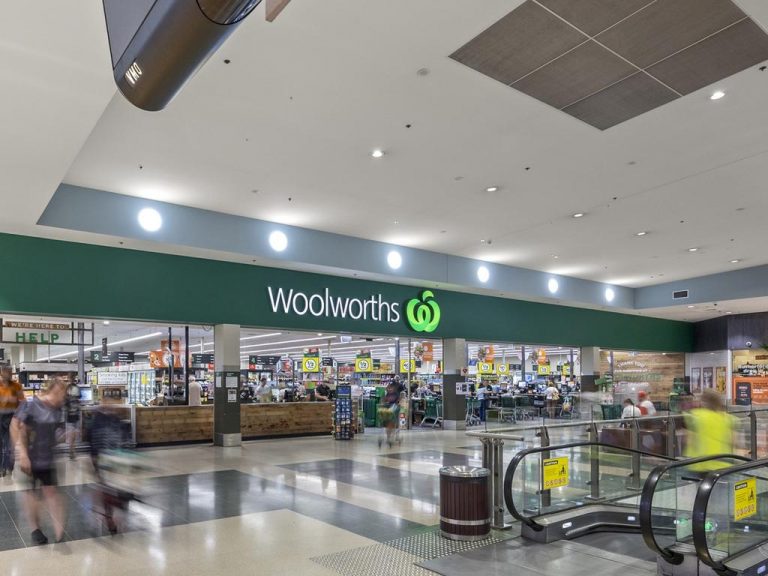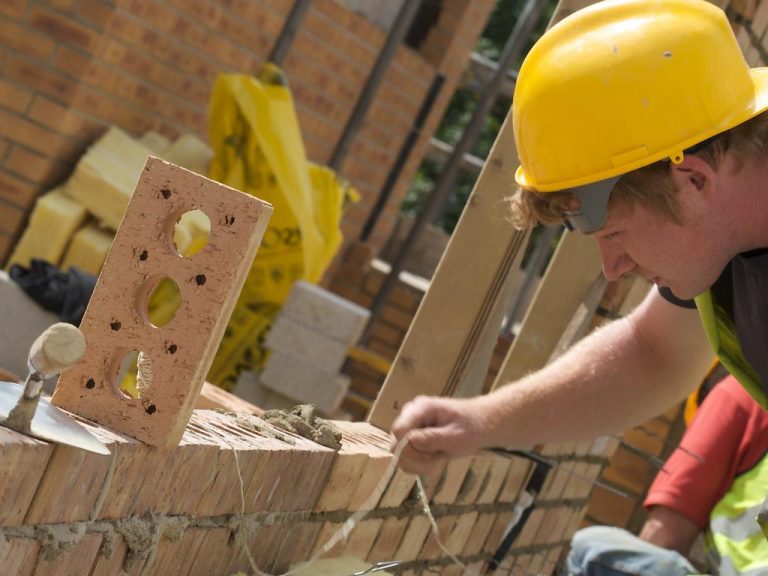How our ageing population shapes the property market

Australians don’t understand just how fast we are ageing and what this means for our aged-care system.
Using demographic data, few things are easier to predict than the rate at which we increase our elderly population. We don’t import older people from overseas, nor do Australians move overseas in large numbers to retire. Since we also have a good understanding of how many people die each year, forecasting the population aged 85-plus is a precise exercise.
Statistically, 85 is also an important year.
It is the median age of death, meaning only half of us will make it past 85. Half of the cohort aged 85-plus needs assistance with activities of daily life – they need care. This care can be delivered by family members or professional aged carers. People can age in their family home, a downsized home, in their child’s home, a granny flat, a retirement village, or an aged-care home.
Where you age is largely up to you. That’s the joy of living in a free country. Well, it’s sort of up to you. Your care needs, finances and familial circumstances might well overrule your preferences.
Take people in rural or regional Australia whose preferences for ageing in the family home clash with the lack of local medical infrastructure. As more family farms struggle to find a successor, farm aggregations are the natural consequence. These bigger new farms produce the same yields with fewer workers.
The diminished need for a local agricultural agehich in turn makes local services unviable.
Countless rural elderly people will, not by choice but by necessity, move to the next biggest regional town in search of medical services. We refer to this as the sponge city effect, where regional towns soak up rural populations.
Such a movement creates downward pressure on rural property prices, while it drives up prices in the regional hubs. Such an upward price pressure in turn makes the regional hubs less attractive for low-income aged-care workers.
Collectively, Australians are yet to understand just how fast we are ageing and what this means for our aged-care system. By 2038, only 14 years from today, we will have doubled the 85-plus cohort from 586,000 to 1,189,000. Another 23 years later when Gen X (born 1964-81) joins the elderly cohort, we will have seen another doubling (2,350,000).
Let’s be frank, there is no way we will in 2038 be able to provide all elderly people with the care they deserve unless we dramatically reimagine the way we deliver aged care. We already don’t have enough aged-care workers and in 14 years we will need many more.
Let’s assume an overly optimistic best-case scenario in which baby boomers (born 1946-63) will need less care in old age: they are richer than previous cohorts, they are more physically active, they are better educated, they can draw on better technology (wearables, telehealth etc.), the aged-care sector transforms and manages to use fewer carers per resident, and medicine keeps progressing. Under such ideal circumstances, we will not need twice as many aged-care workers by 2038 but may only need to grow the workforce by, let’s say, 75 per cent.
The details here don’t matter since a future shortage of aged-care workers is all but guaranteed – it’s just a matter of how big the shortage will be.
We will lose a large share of our current 225,000 aged-care workers to retirement in the coming decade. Across all occupations, 20 per cent of workers are currently aged 55-plus. This means in a decade most of them will have fallen off the proverbial retirement cliff. For aged-care workers, this proportion sits at 25 per cent.
On average, 33 per cent of the workforce was born overseas, while 41 per cent of aged carers were born outside the country. Among aged-care workers in their 30s, this proportion sits at 54 per cent. Australians work in the sector during their late teens and early 20s while they gain qualifications for higher-earning jobs. This means we will lose a big chunk of our younger aged-care workers in the coming decade too.
Can’t we just migrate our way out of the carer shortage? To a certain degree, that’s what we will try to do. However, we do take in surprisingly few net new migrants based on their qualifications. Over the last 10 years, Australia welcomed 218,000 net new migrants every year, only 40,000 (18 per cent) of whom came on a permanent or temporary skilled visa.
Student visas (40 per cent) and visitor visas (25 per cent) were the two biggest visa categories. Maybe the aged-care sector will try to tap into the working holiday visa category (11 per cent) soon, too. These are desperate times after all.
The aged-care sector hopes to import migrant workers through the skilled migration scheme in times of a universal skills shortage. All industry bodies lobby the government hard to get their jobs onto the skilled migration list.
The skills shortage guarantees that no plausible government would significantly slow down migration intake – maybe a few thousand international students can be shaved of the annual intake, but that’s about it. Our housing and infrastructure shortage also guarantees that we won’t see a big increase in migration.

Even baby boomers will eventually see their health decline to a point where unassisted living is impossible.
The huge migration numbers from last year were an outlier that was exclusively due to a backlog of international student enrolments and will not be repeated. In such a migration environment, it will be impossible for the aged-care sector to import the number of aged carers it needs. Ouch. Good luck receiving the care you deserve if you find yourself in the bottom third of the wealth spectrum.
Smart housing solutions could help Australians to live independently for longer, which would slow the demand for aged care. The demand for such solutions will be high as baby boomers will do their utmost to avoid aged-care facilities – they are an independently minded bunch that reinvented every stage of the life cycle they lived through so far and will revolutionise aged care, too.
Expect a massive boom in home renovations, lifts added to homes, bathroom doors widened, steps removed, and technology added that I can’t even think of. New models of aged care will also evolve. Anything from new ambulant care services, to private care-pooling services (a handful of households in a neighbourhood paying for a shared full-time carer) and, in small numbers, pensioners moving to low-cost facilities overseas is thinkable.
Technology will be used much more to ensure independence in old age. Wearable technology feeding data into a centralised healthcare system can alert ambulant care services of falls, pending health complications, and heart attacks.
The uncomfortable truth is that even baby boomers will eventually see their health decline to a point where unassisted living is impossible. A sizeable minority of wealthy baby boomers might employ aged-care workers themselves and have them live in one of their spare bedrooms to avoid entering an aged-care facility. This option is particularly interesting for people living in expensive suburbs that are hard to commute to for low-income-earning aged-care workers, as they couldn’t possibly find affordable housing nearby.
For aged-care providers, the coming decade will be lucrative and hard at the same time.
Building a new care facility is expensive (material, land and labour), staff will be hard to find, but demand will be huge. A flight to quality will occur where aged-care providers charge higher fees to be profitable. It’s obvious who will be left out. Looking after the poorer third of our elderly will be a huge task. As a nation dedicated to giving everyone a fair go, there is a challenge worth taking up.
Simon Kuestenmacher is co-founder and director of research at The Demographics Group







